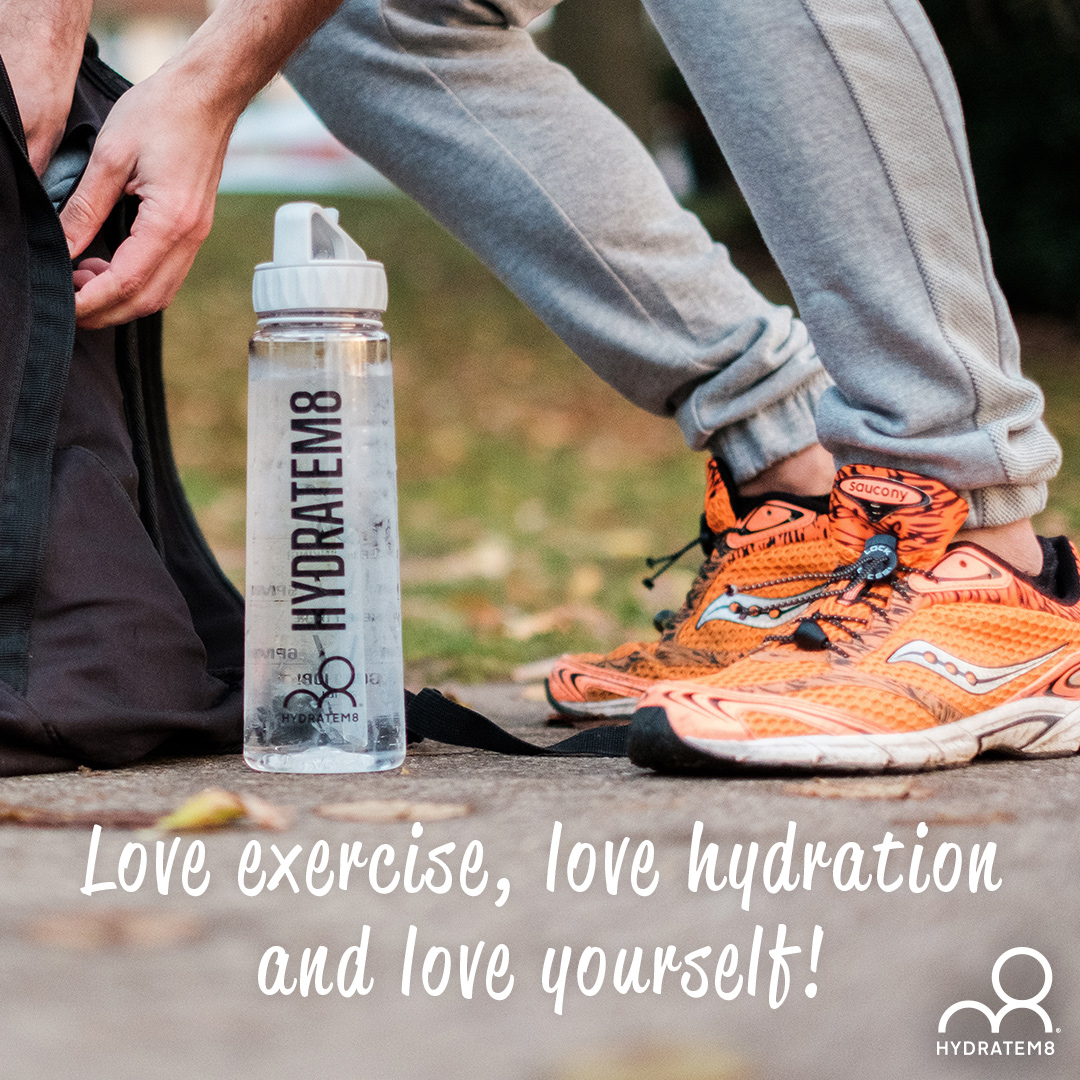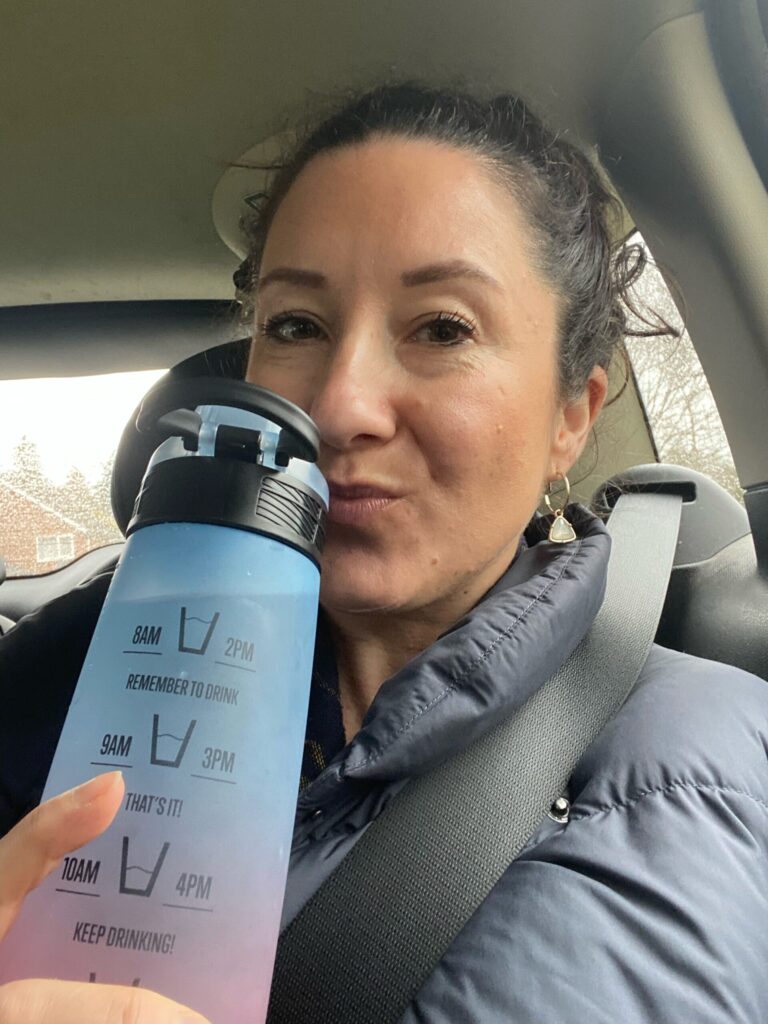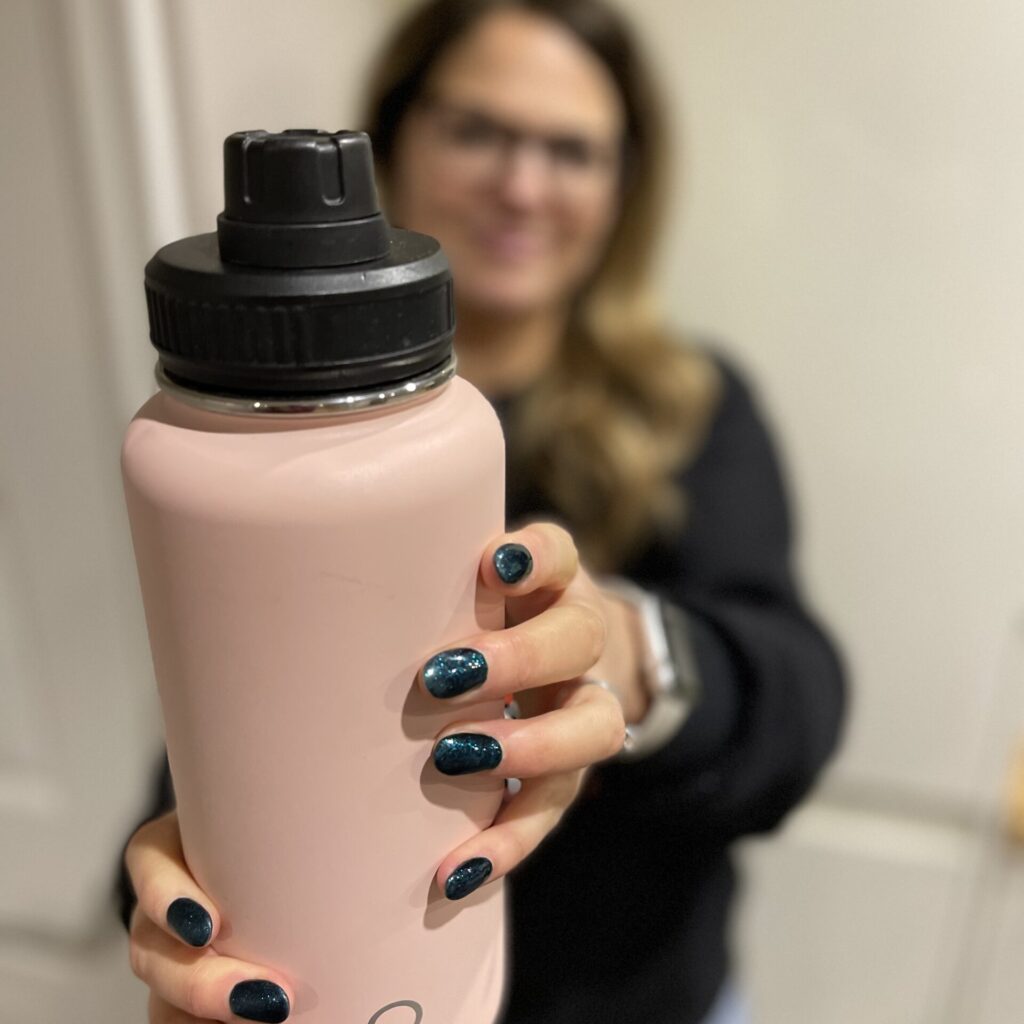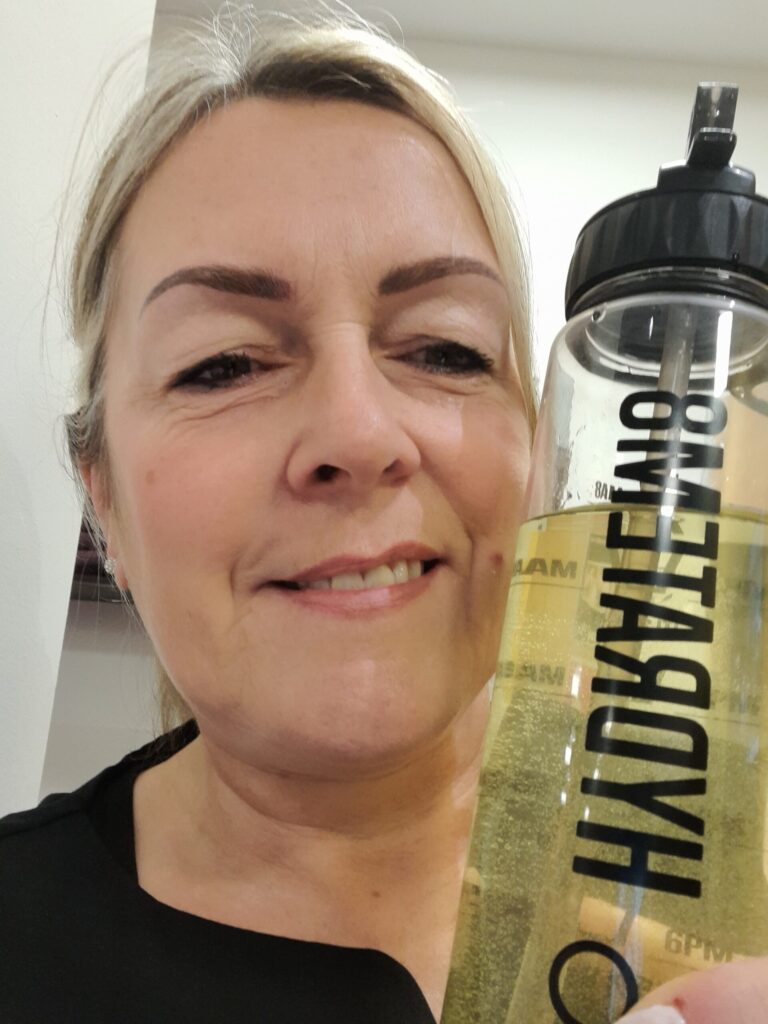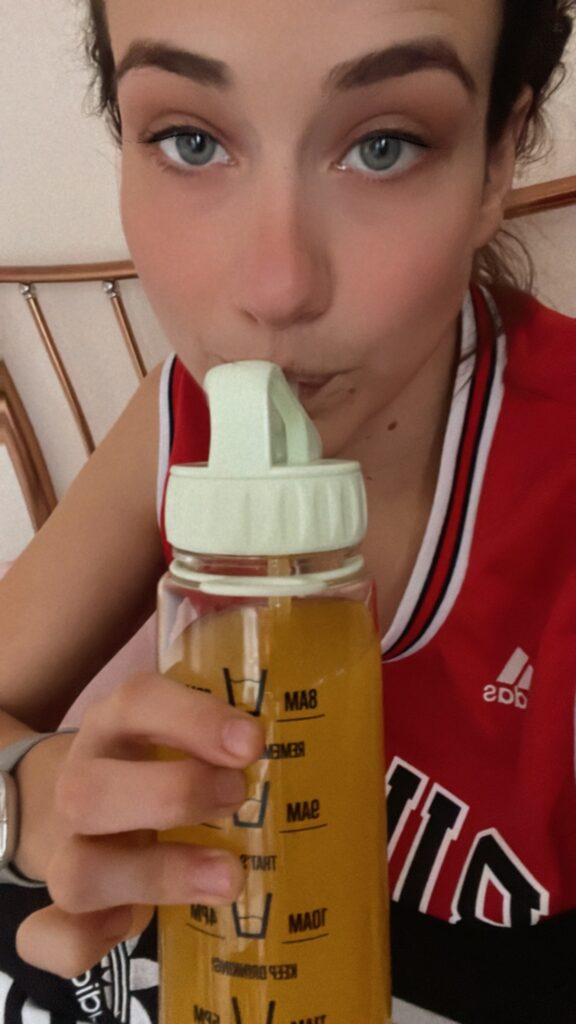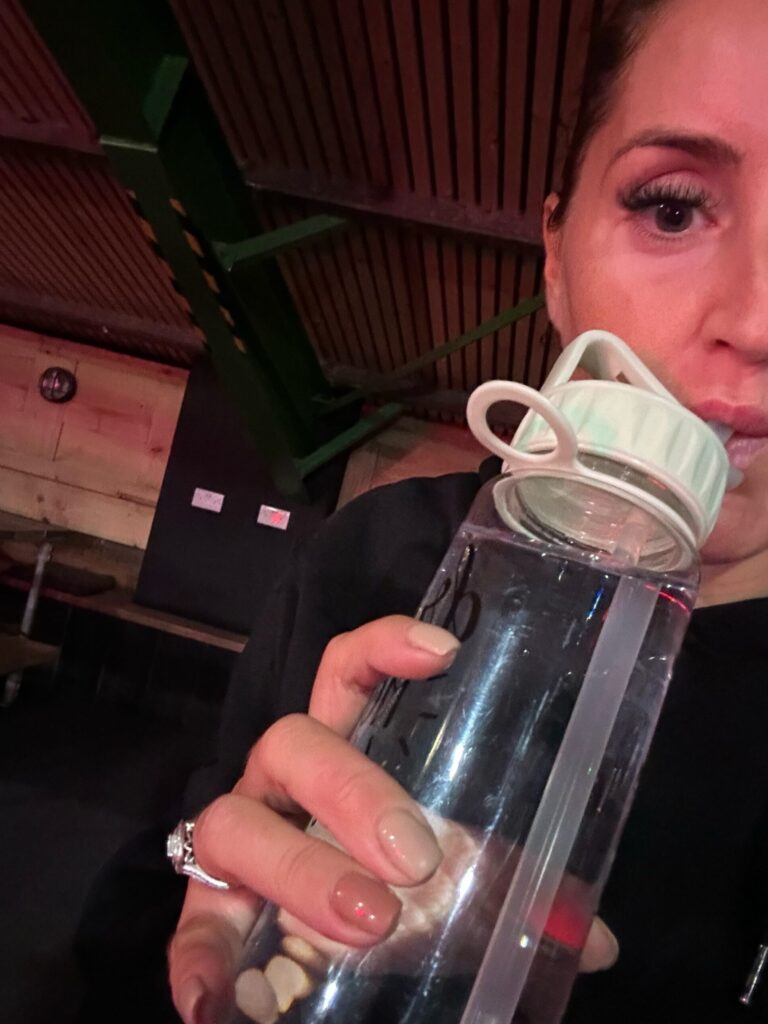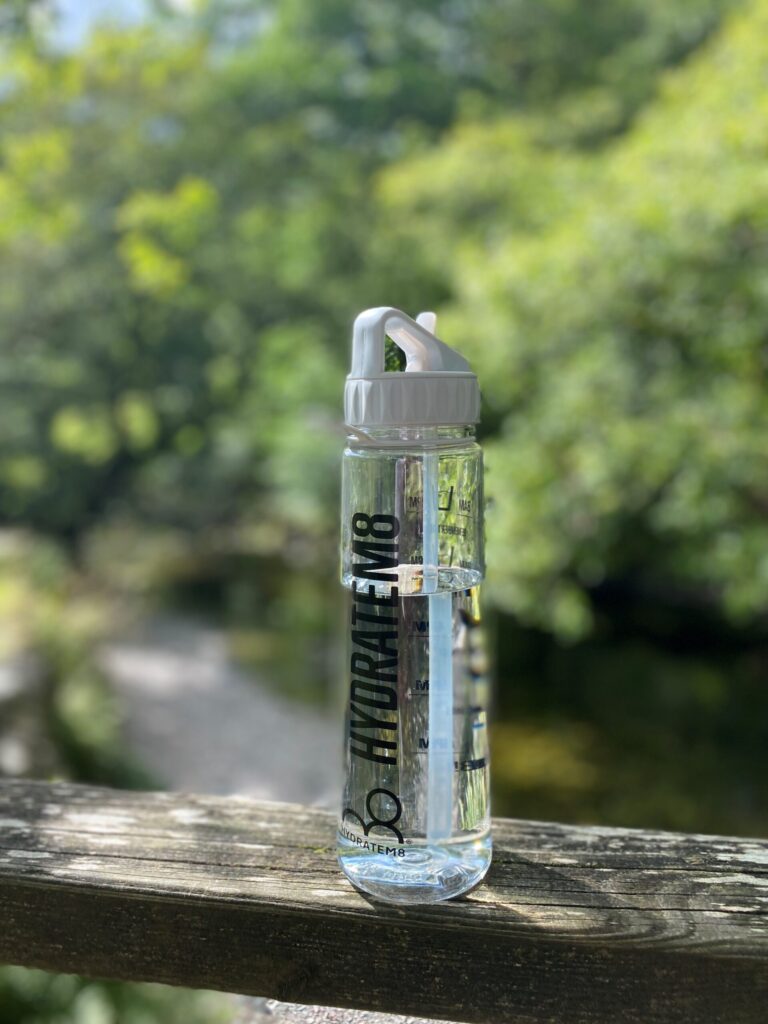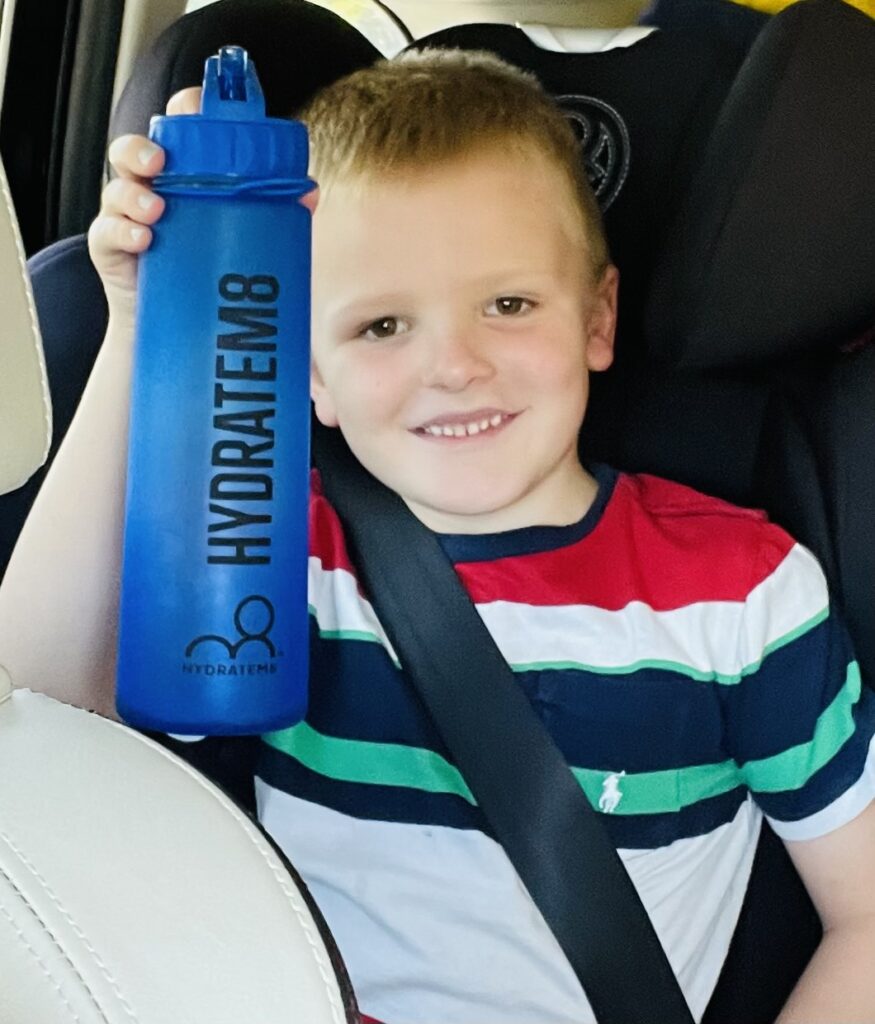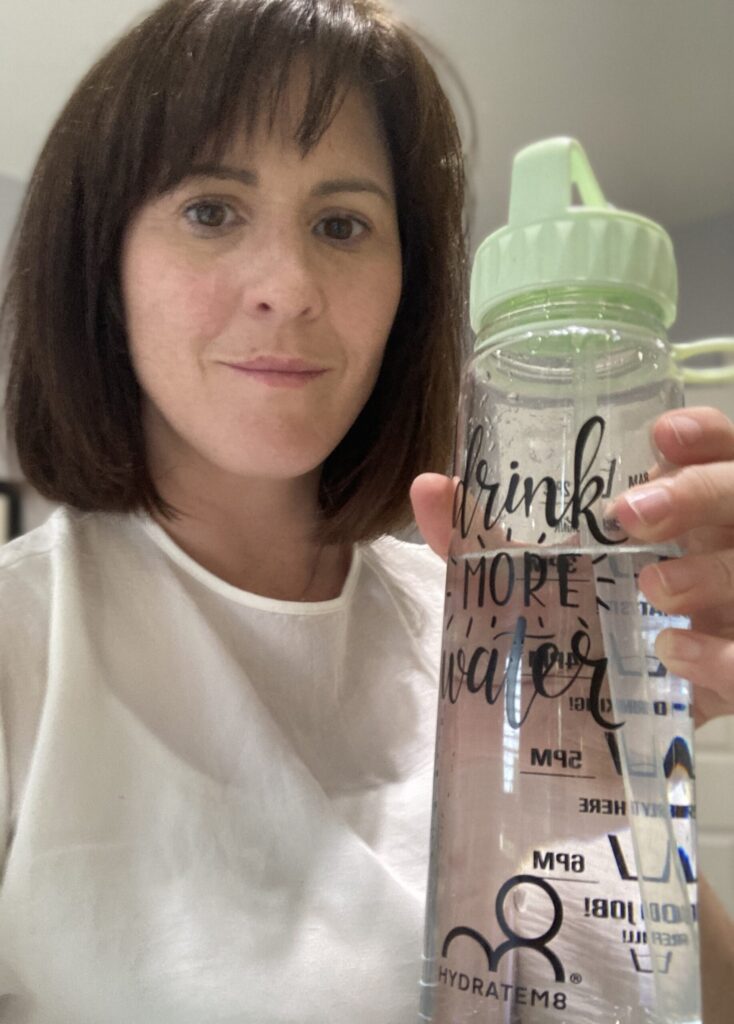The seasonal festivities have been and gone, and it’s resolution time! Many of us will be wanting to get rid of those excess pounds we have gained after some glorious food and drink – for some reason we all seem to over-indulge during this period and want to do something about it. Our systems get sluggish, our skin can become dry and lack-lustre and we can generally feel a bit ‘off’.
We have always worked on the principle of ‘New Year, New You’ and this year is no different. We know it’s not easy and sometimes requires a lot of willpower, so every bit of help you can get to bring your body and mind back into shape will be welcomed.
The level and type of exercise you take is entirely up to you, but never overdo it. If you aren’t used to exercising, then never go out to the gym and workout to excess. Pace yourself and gradually build up over a few weeks or a month and you will certainly notice the difference.
Hydration is an essential part of the cleanse and rebuild process, to ensure that your body continues to work as a well-oiled machine. The amount of hydration you need should be on par with the level of exercise you are taking – but do you know how much your fluid intake should be in comparison?
Picking up a single-use plastic bottle of water is wrong in so many ways:
- It won’t tell you when to drink fluids to keep your hydration levels up
- It’s cumbersome
- It’s a danger to the planet, and not all plastic is BPA free
You need to track your water intake during exercise, whether a hard workout, or a simple run – a shop bought plastic water bottle won’t help you there. Our tracker bottles with their clever markings tell you when to drink and how much – what could be simpler? What’s more, they are stylish and in a huge range of colours to suit.
Before you exercise
As a general rule, weigh yourself before exercise. Around 2 hours before setting off, hydrate well (use the markings on our tracker bottles). Try to use the same scales for when you return or finish a workout, as scales do vary so much.
During Exercise
Depending on the intensity level of your exercise, you need to hydrate accordingly to replace lost fluids. Don’t wait until the end, keep reasonably topped up during your session. Even a brisk walk in the winter can cause you to dehydrate.
Post-Exercise
Weigh yourself again, this way you can see what weight you may have lost during your exercise routine. Top up with water to replace the fluid lost and to rebalance the vital elements in your body, such as potassium and sodium. In some cases, if you have worked intensively, you may need a sachet of a non-sugar sports supplement in your water to correct your electrolyte levels. If you feel ‘strange’ in any way such as dizziness, imbalance or other side effects, speak to your trainer and sit down to rest.
General Rehydration Tips
No two bodies are the same – we all require different fluid levels according to our physical shape and size, and also once you have built up your exercise levels to a higher intensity.
As a general rule, whatever fluids have been lost in exercise, you need to replace them with the same amount after weighing yourself. If you weigh more, the chances are you have overhydrated, which in itself can be a little dangerous.
Be clear on the fact that any weight loss or gain is caused by the change in your fluid levels. You haven’t exactly lost weight, this will come later when you get your dietary intake corrected after the festive overload!
A sensible diet, exercise programme and optimum hydration will soon get you back in shape, both mentally and physically.

